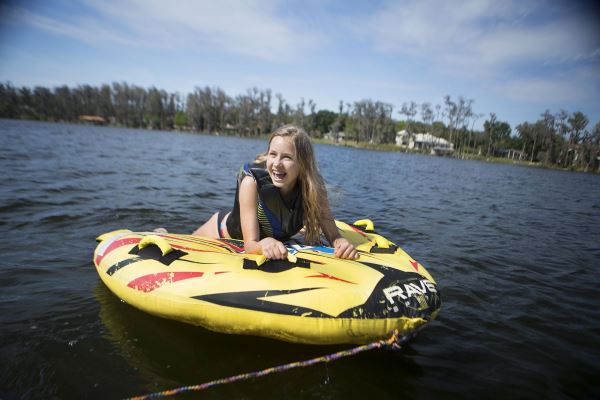 As pandemic conditions generated a surge of 415,000 first-time boat buyers (Info-Link) in 2020 -- a 35% increase -- recently released U.S. Coast Guard figures indicate a 26% increase in boating accidents, 25% increase in injuries and 25% increase in boating fatalities during the same time period.
As pandemic conditions generated a surge of 415,000 first-time boat buyers (Info-Link) in 2020 -- a 35% increase -- recently released U.S. Coast Guard figures indicate a 26% increase in boating accidents, 25% increase in injuries and 25% increase in boating fatalities during the same time period.
Jim Emmons, executive director of the Water Sports Foundation, an organization dedicated to boating safety and education, said the increase, as tragic as it is, likely is the result of so many more boaters spending more hours on the water in 2020. To reduce accidents, fatalities, and injuries, he advocates a strong push for new boater education.
“Boater safety and education is a critical component to boat operation and ownership,” he said. “U.S. Coast Guard statistics confirm that 77% of boating deaths occurred on boats where the operator had no safety instruction. That number drops to only 12% when the operator had received a nationally approved boating safety education certificate. It’s a no brainer: in-person and online boater education courses dramatically improve a boater’s chance for a safe and fun time on the water this summer.”
In addition to boater education, Emmons points to a long list of new safety technology introduced by the marine industry in the last 20 years which has made boating safer and more enjoyable than ever. The list includes comfortable auto-inflatable life jackets, man-overboard alarms, personal locator beacons, anti-collision radar, GPS navigation and more.
“We all love the freedom and family bonding time boating provides,” said Emmons. “But, without the right preparation and equipment there are risks. The technology introduced in the past 20 years has dramatically reduced those risks while increasing the fun factor on the water.”
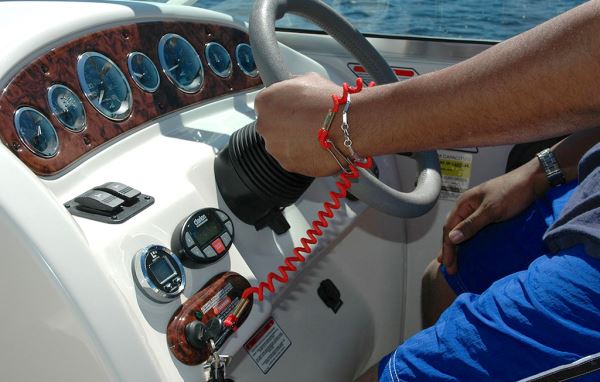 One of the more recent developments is the emergency cut-off switch (ECOS), which automatically shuts off a boat’s engine if the operator goes overboard. The device connects a boat’s operator to the cutoff switch with a lanyard or wireless proximity device. As of April 1, 2021, federal law requires a vessel operator to use ECOS on most new vessels less than 26 feet when underway, on plane. ECOS also can be installed on boats that do not have it as original equipment from the manufacturer.
One of the more recent developments is the emergency cut-off switch (ECOS), which automatically shuts off a boat’s engine if the operator goes overboard. The device connects a boat’s operator to the cutoff switch with a lanyard or wireless proximity device. As of April 1, 2021, federal law requires a vessel operator to use ECOS on most new vessels less than 26 feet when underway, on plane. ECOS also can be installed on boats that do not have it as original equipment from the manufacturer.
The Water Sports Foundation encourages boaters to take advantage of the latest boating safety technology including the following:
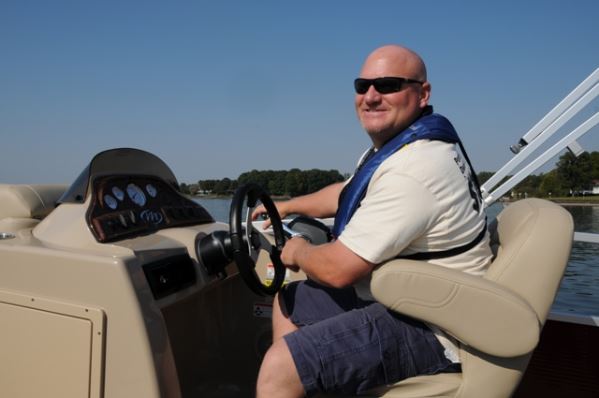 Comfortable Auto Inflatable Life Jackets
Comfortable Auto Inflatable Life Jackets
According to 2020 U.S. Coast Guard data, of those who drowned while boating, 86% were not wearing life jackets. As always, the user must make sure that any life jacket they purchase is U.S. Coast Guard approved for the desired activity, age and body size. A development gaining popularity among boaters are auto-inflatable life jackets which use small CO2 cartridges to automatically self-inflate when submerged in water. Studies have shown that boaters are more likely to wear the more comfortable inflatable life vest for the duration of their time on the water. Manufacturers that offer this technology include Onyx, Mustang, Hydrostatic and Eyson.
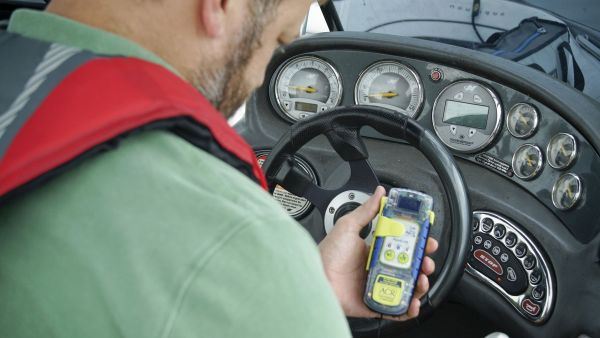 Emergency Position Indicating Radio Beacon (EPIRB) or Personal Locator Beacon (PLB)
Emergency Position Indicating Radio Beacon (EPIRB) or Personal Locator Beacon (PLB)
An EPIRB or PLB is device that alerts search and rescue personnel in the event of an emergency. When activated it transmits GPS coordinates on the 406 MHz distress frequency via satellite and earth stations to the nearest rescue coordination center, which then notifies local search and rescue personnel. Category I EPIRBs activate automatically while category II EPIRBs activate manually. EPIRBs can alert local search and rescue personnel of the distressed boater’s position within minutes of activation. Manufacturers that offer this technology include Garmin, ACR, Ocean Signal and McMurdo.
Man Overboard Alarm
The US Coast Guard reports that more than 1,800 persons were ejected or fell overboard from a recreational boat in 2020. Wireless man overboard (MOB) devices are designed for either inland & coastal or offshore use and activate when a "break" in the wireless signal that links the MOB device with the receiver happens. The technology audibly alerts the crew that the wearer -- including adults, children and even pets -- has fallen overboard. Manufacturers that offer this technology include ACR, Fell Marine, Sea-Tags, and Digital Yacht.
Anti-Collision Radar
Of all boating accidents in 2020, the U.S. Coast Guard reported 50% involved collisions as the first event. With the advent of digital radar, the technology has become more accessible to recreational boat owners. Software has made it more user friendly, too. Any object detected inside the radar’s perimeter sounds an alarm and alerts the operator to its distance and bearing, thus helping operators avoid collisions. Manufacturers that offer this technology include Furuno, Garmin, Simrad, Raymarine and Lowrance.
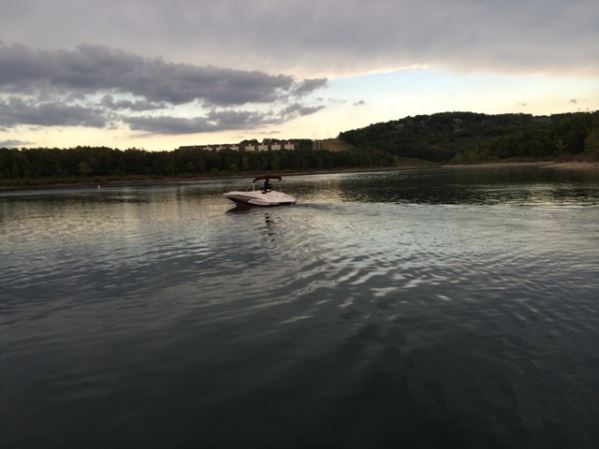 Night Vision
Night Vision
Two types of night vision technology are helping boaters travel with greater safety and confidence after sundown. Specialized scopes take a small amount of background light, even starlight, and multiply it exponentially. Thermal night-vision cameras depict the very slight temperature differences of all objects -- such as submerged logs, debris or even a person overboard -- and display them on screen as a recognizable image. Scope manufacturers include Bushnell, Night Owl and SiOnyx; thermal night vision manufacturers that offer this technology include FLIR, Iris and ComNav.
Automatic Identification System (AIS)
Automatic identification system (AIS) technology, similar to aviation transponder technology, enables a boat to broadcast a signal alerting other boats within a specific radius of its presence. This alert appears on a navigational touch screen and reveals the exact position, speed and heading of the broadcasting boat. It is a great tool for staying out of harm's way when boating near large commercial vessels. Manufacturers that offer this technology include Garmin, Icom, Furuno, Raymarine and Simrad.
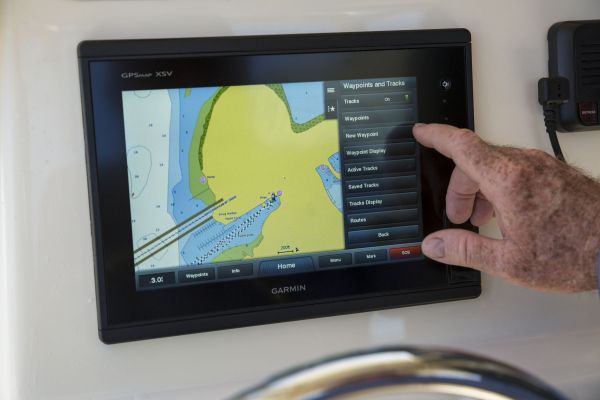 GPS Touch Screen Navigation
GPS Touch Screen Navigation
Whether using the touchscreen console of your boat or a hand-held smart phone, GPS technology allows you to see your location, direction and speed on updated marine charts. Boaters can then save positions or “waypoints,” making it easy to find a channel, shoal, or a fishing hotspot. Users also can link several waypoints together to create a savable route. Manufacturers that offer this technology include Garmin, Simrad, Lowrance and Humminbird.
The Water Sports Foundation (WSF) is a non-profit organization created in 2003 by the Water Sports Industry Association (WSIA) and serves as its boating safety and education division. WSF is headquartered in Orlando, Fla., and carries out its safety and education mandate through public outreach funded by the Sport Fish Restoration and Boating Trust Fund administered by the U.S. Coast Guard. For more information about WSF, please its website at www.watersportsfoundation.com.

